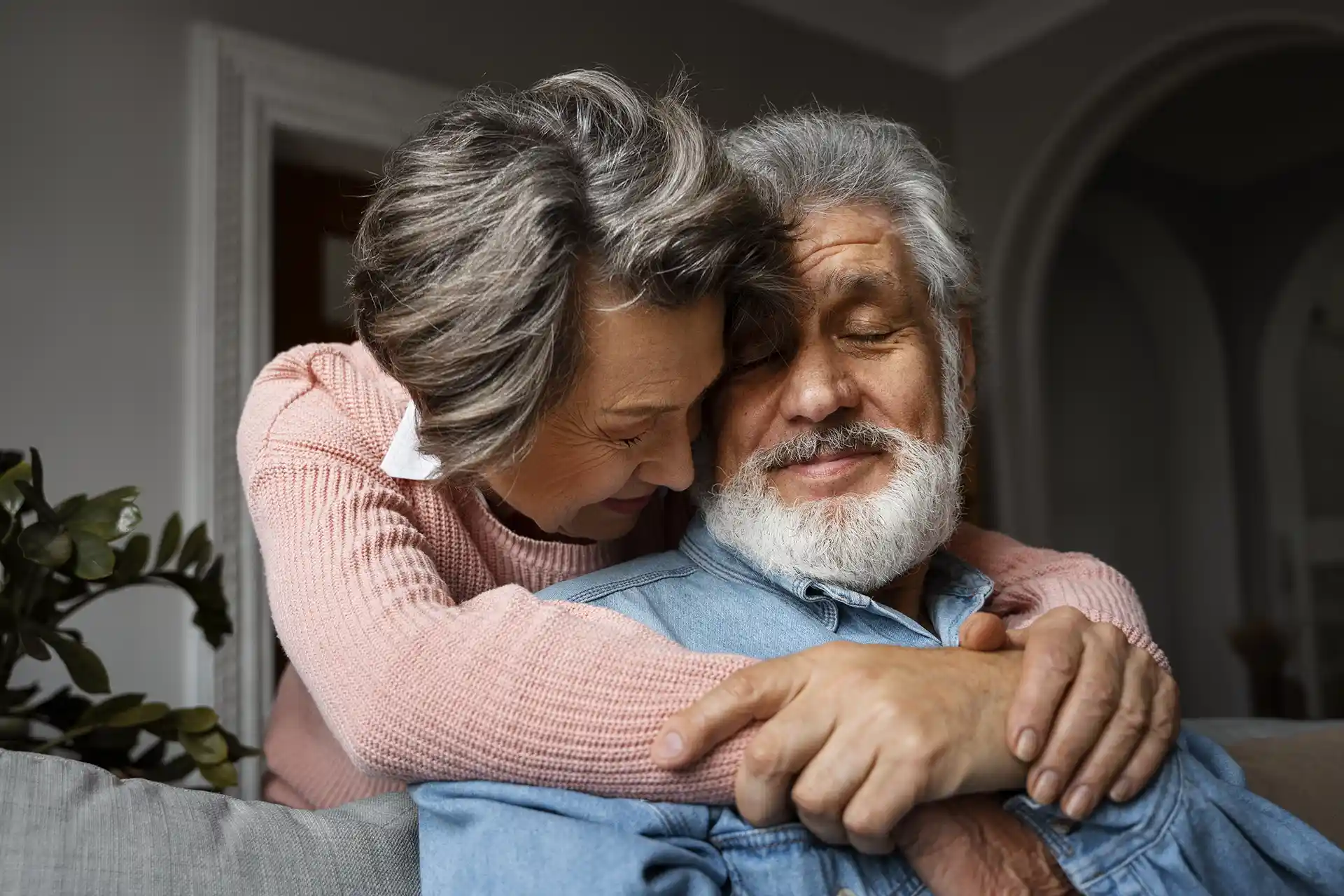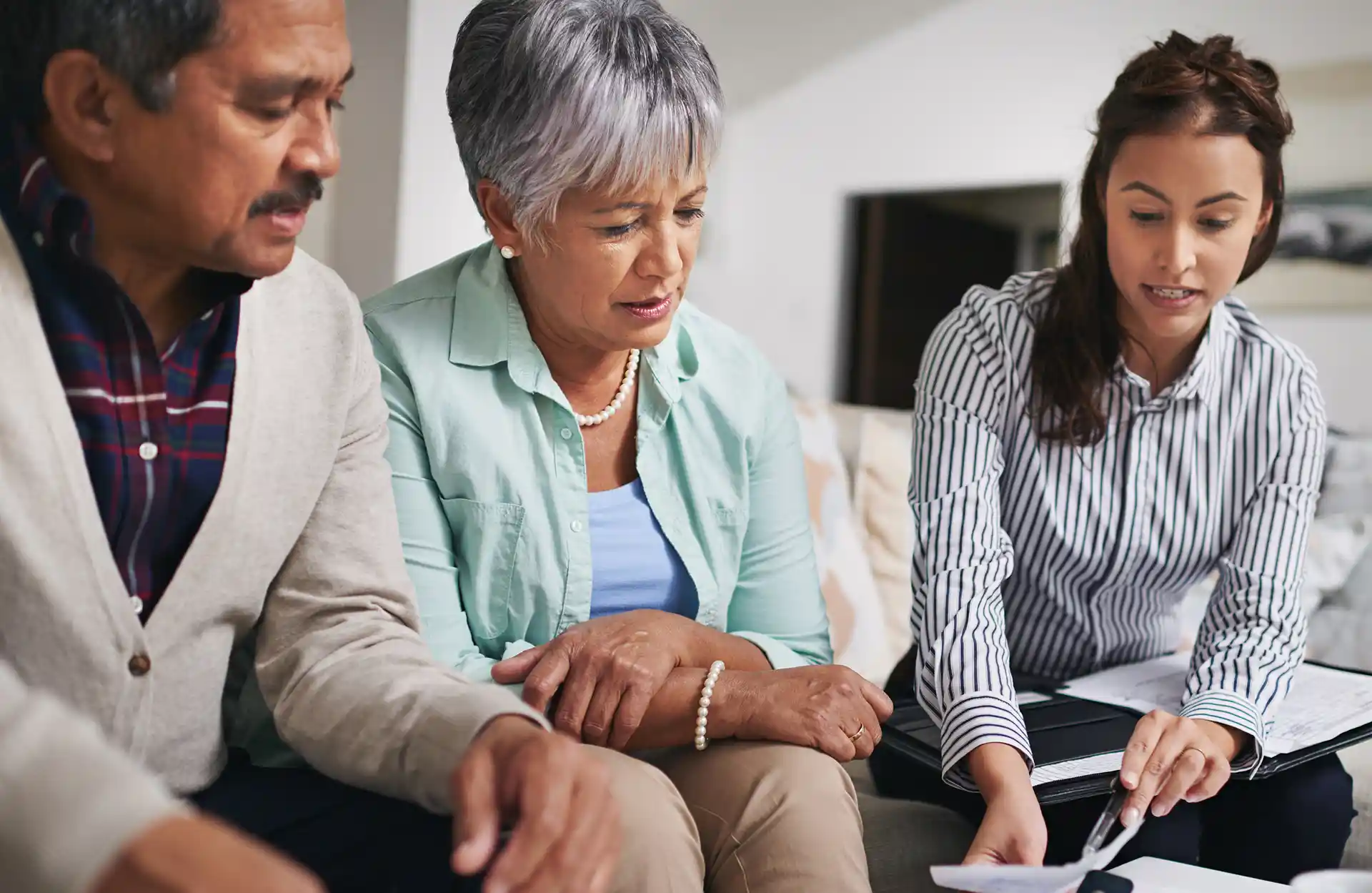High-tech therapy costs associated with lymph cancer
Data on the cost of high-tech treatments is more recent. CAR T-cell therapies, which were first approved in 2017 under the name Kymriah, are genetically engineered T-cells grown specifically for you. They attack your specific kind of non-Hodgkin lymphoma. The 2023 price for Kymriah was almost $544,000. The least expensive options, Yescarta and Tecartus, were each $424,000 in 2023. A newer option called Breyanzi lists for just over $487,000.
The cost of monoclonal antibodies, lab-created proteins that bind to cancer cells so your body can attack them, varies by the rate of infusion, number of cycles and insurance coverage. A cycle of two infusions of rituximab cost $19,452 in 2020, or about $21,500 after applying average inflation. One cycle of ibrutinib currently lists for around $15,000 with commercial insurance, but the price will drop to just below $9,500 for Medicare recipients starting in 2026.
A stem cell transplant cost $15,000–$75,000 in 2023, with some procedures climbing up to $100,000.
With all of these therapies, you will need to budget out-of-pocket costs, including transportation, hotel, meals, pre- and post-care and testing, additional medical treatments and extra caregivers.










